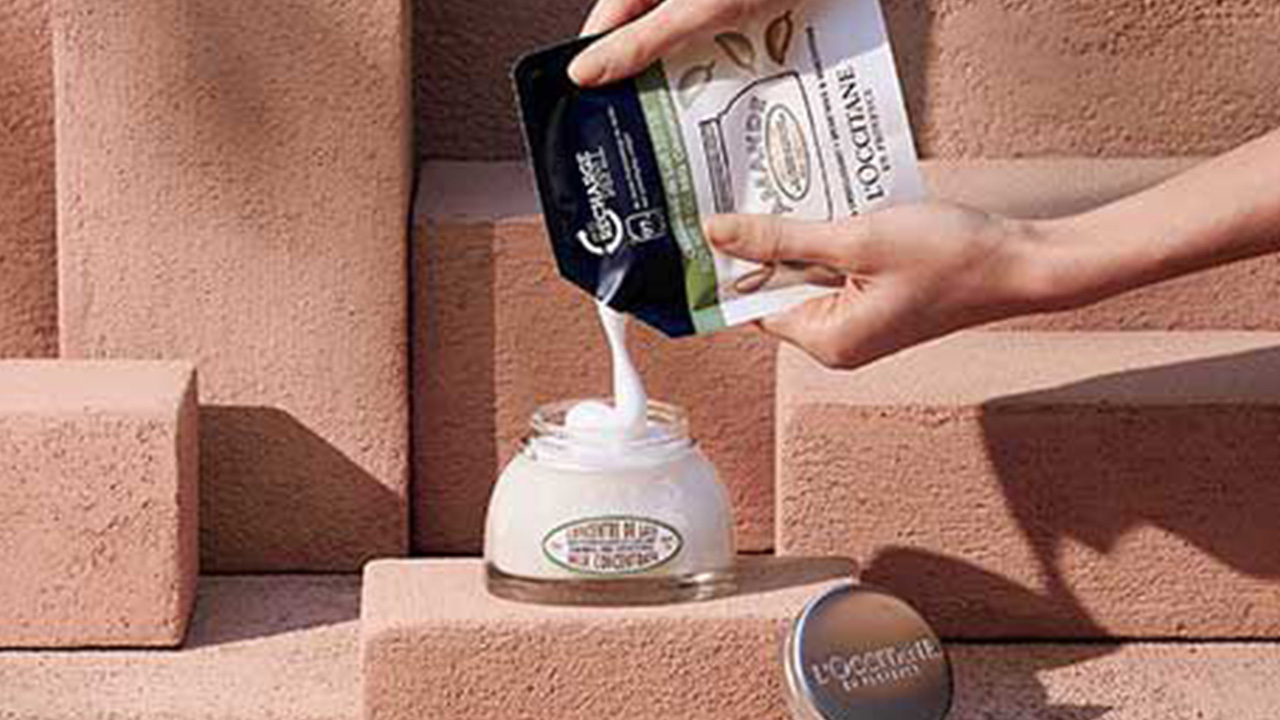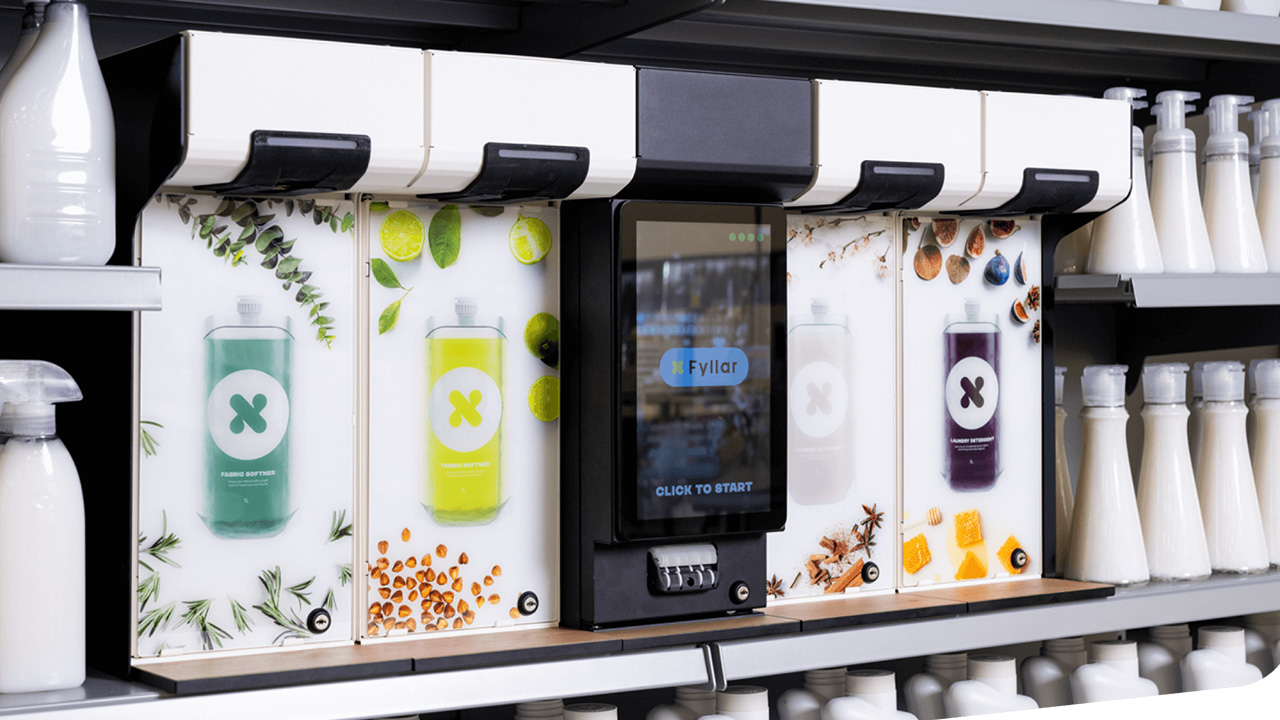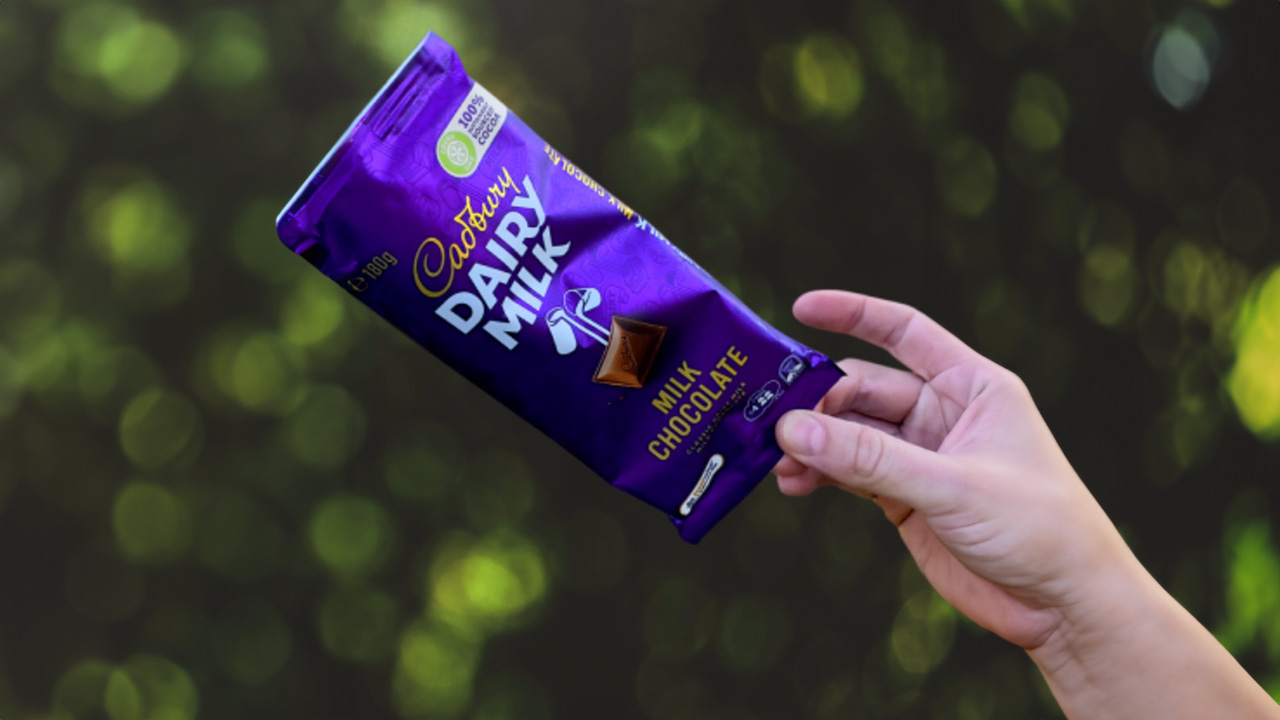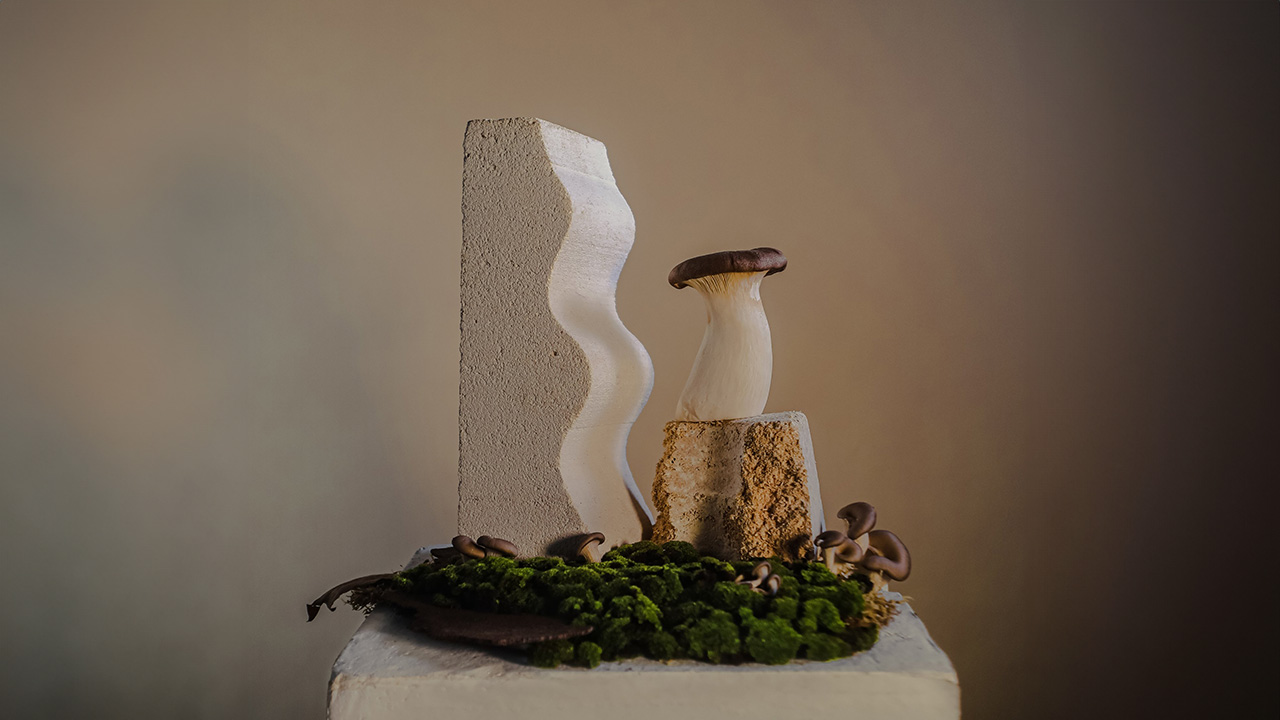Jun 21, 2024 by Mark Dingley
Paper wrapping for chocolate, naked bottles of Sprite and edible algae packaging – these are just a few of the innovations taking the packaging world by storm in 2024.
The packaging world is constantly shifting and evolving to meet the demands of consumers, sustainability and other forces. Some trends quietly fade away, while others stick around to become mainstream offerings.
So, which trends should you be paying attention to?
Here are some of the top global and Australian packaging trends to watch in 2024 and beyond:

Fibre and paper-based materials are entering the realm of packaging traditionally considered “plastics-only territory”, such as pouches, blister packs, confectionary wrappers – and even bottles.
Rightly or wrongly, consumers often see paper as more sustainable than plastic and a more “natural” packaging solution.
In a push to move away from plastic packaging and meet sustainability goals, more brands are finding ways to swap to paper-based packaging.
 Image source: https://aus.mars.com/news-and-stories/
Image source: https://aus.mars.com/news-and-stories/Here are some examples:
Walk around any Australian supermarket today, and you will find a growing number of brands offering refill-packaging options.
The trend toward refillable and reusable packaging is gaining momentum, with consumers supporting the shift. In a report by the National Retail Federation, 74% of US consumers expressed interest in buying products in refillable packaging. The 2023 Macfarlane Packaging Unboxing survey in the UK reported that 87% of consumers are willing to return reusable packaging to retailers.
Refillable beauty products have been a trend for some years now, with L’Occitane producing them for years, and offering “refill fountains” in stores across Australia.
Now, brands in other sectors are catching up.
 Image source: https://au.loccitane.com/all-about-eco-refills
Image source: https://au.loccitane.com/all-about-eco-refillsIn Europe, Fyllar has pioneered a mess-free, smart refill solution to reduce waste. The closed-fill system ensures a clean and mess-free refill experience, eliminating the common issues associated with refills. It also integrates a smart fill RFID tag to recognise different products and provide precise, appropriate fills every time. Brands can use RFID technology to optimise inventory management and integrate data-driven reward systems that incentivise refills.
Last year, Nestlé Australia announced a new refillable packaging system for its NAN SUPREMEpro Toddler milk drink – a first in Australia. The refill system uses a reusable stainless-steel can and lightweight pouches inside the tin. Nestlé has gone a step further in offering parents the convenience they desire: they can re-order refill pouches online or sign up for a subscription service.
Also in Australia, a pilot scheme called “Victoria Unboxed”, led by the food charity Sustain along with Sustainable Victoria, has been launched to replace cardboard produce boxes with reusable plastic crates, and reduce the need for single-use packaging, including cardboard, plastic and paper waste.
 Image source: https://www.fyllar.com
Image source: https://www.fyllar.comImagine packaging with different scents or images that change colour when you touch them. This is “multisensory packaging”, and brands use these special effects to drive curiosity and interaction from the moment consumers see it on the shelf.
Here are a few multisensory packaging effects to watch in 2024:
For example, Corona's 2023 Christmas can (sold in the USA) used colour-changing thermochromic ink technology on the can exterior. The beach hut from Corona’s holiday ad is revealed as the ice-cold beer is consumed and the can warms up. Then, by scanning a QR code on the back of the can, consumers go to the Corona Holiday Sweepstakes website to enter for a chance to win Christmas robes.
In 2024, on-pack QR codes will become more popular as brands explore how to educate, inform and engage customers.
There are many real-world examples of 2D barcodes used in the food & beverage industry to add value, from reducing food waste and boosting food safety, to fighting counterfeiters and engaging consumers.
For example, Mondelez is using on-pack QR codes to send customers to Snacking Right, a digital solution that engages consumers about the company’s sustainability progress and how everyone can play a role in reducing their environmental impact. The site offers information about how to recycle, and stories about the dairy-farming families that supply fresh milk to the Cadbury brand.
Other brands are using QR codes to lead customers to immersive brand-building experiences. Last Halloween, Chobani spooked US customers with its interactive yoghurt packaging. Customers could scan a QR code, which led them to a trick-or-treat experience, where they could knock on the doors that appeared before them.
 Image source: https://www.cadbury.com.au/mindful-snacking
Image source: https://www.cadbury.com.au/mindful-snackingWoolworths uses 2D barcodes to reduce food waste and meet its sustainability goals. Using 2D codes, retail teams can quickly and easily identify if a product is approaching its expiry date. They can then proactively mark down the price, ensuring the product can be sold promptly rather than disposed of.
At our Retailer Engagement Hub at APPEX 2024, Greg Calvert, co-founder and director of FreshChain Systems, discussed the expectations of younger generations and how smart packaging can support them – watch his presentation.
Want to learn more about 2D barcodes? Whether you’re exporting, want to connect with your customers and trading partners, or protect your high-value brand from counterfeiters, we have the answers to guide you in how to use 2D barcodes in our 2D Barcode Learning Centre.
A wave of new biodegradable packaging startups is setting out to redefine sustainable packaging.
Among them, Ecovative is pioneering a mycelium-based packaging alternative to polystyrene and plastics. Ecovative discovered that it was possible to make an alternative to polystyrene foam using the root-like structure found in fungi. Australian startup Fungi Solutions also uses fungi to divert waste from landfills and grow natural alternatives to plastics.
Others are moving from the land to the ocean, utilising macroalgae and seaweed for eco-friendly packaging solutions. For example, seaweed packaging company Notpla (short for “not plastic”) makes packaging that is either edible, compostable, or dissolvable in water.
Brazilian startup NanoIn develops Aequor, a biodegradable biofilm for sustainable packaging, using natural components from seaweed and wood. These capsules dissolve in water after use without generating microplastics.
 Image source: https://www.fungisolutions.com.au/custompackaging
Image source: https://www.fungisolutions.com.au/custompackagingThe 2023 Macfarlane Unboxing survey in the UK found that over half (55%) of consumers believe businesses should prioritise sustainable packaging. However, 42% of respondents consider sustainability important only if it doesn't significantly increase costs.
So, how can brands find cost-effective ways to improve sustainability?
Go back to basics.
In 2024, brands are finding ways to use packaging more efficiently with fewer materials.
For example, in January, Coca-Cola announced a limited rollout of 500ml Sprite and Sprite Zero “on-the-go bottles” without labels at eight Tesco Express locations in the UK. The traditional wrap labels were replaced by an embossed logo on the front and laser-engraved product and nutritional information on the back.
What packaging trends have you seen? Or are you already forging a path with new packaging innovations?
Matthews Australasia is here to help you meet the packaging demands of your customers, trading partners and consumers. Talk to our experts to find out how we can help.